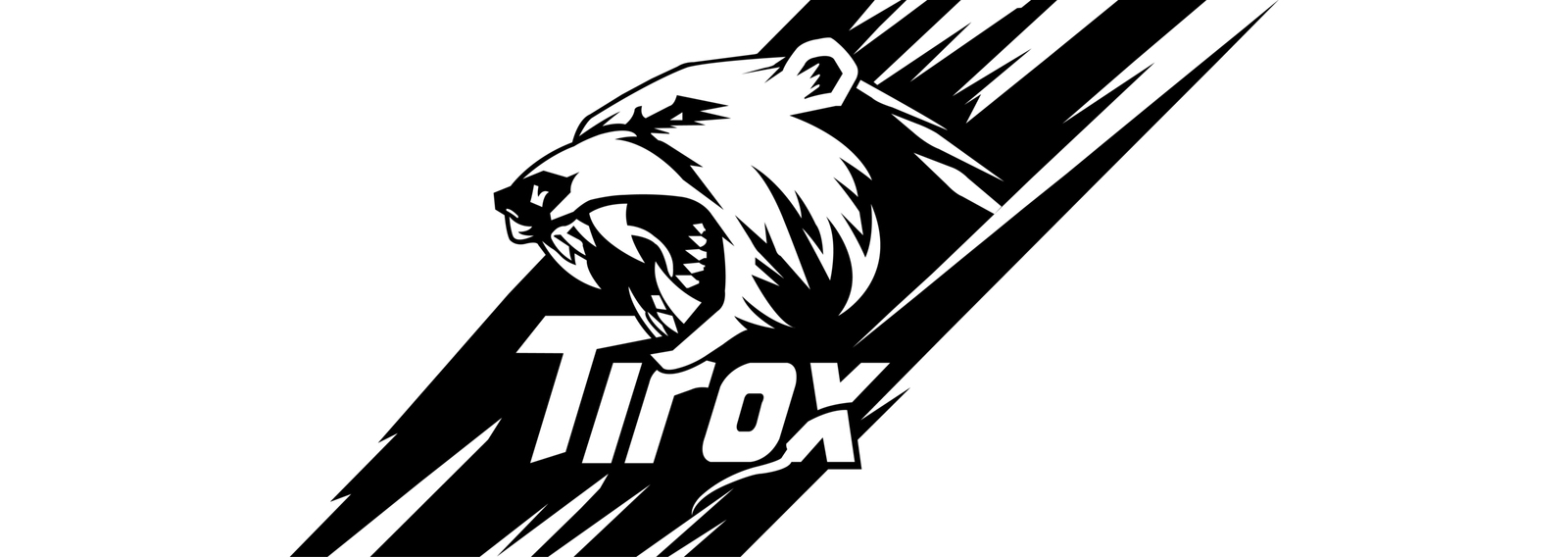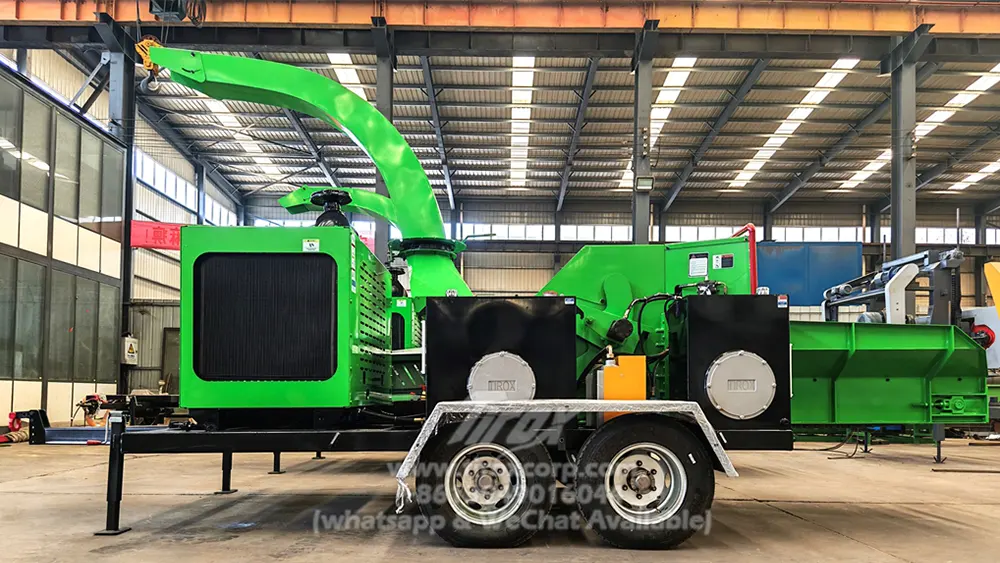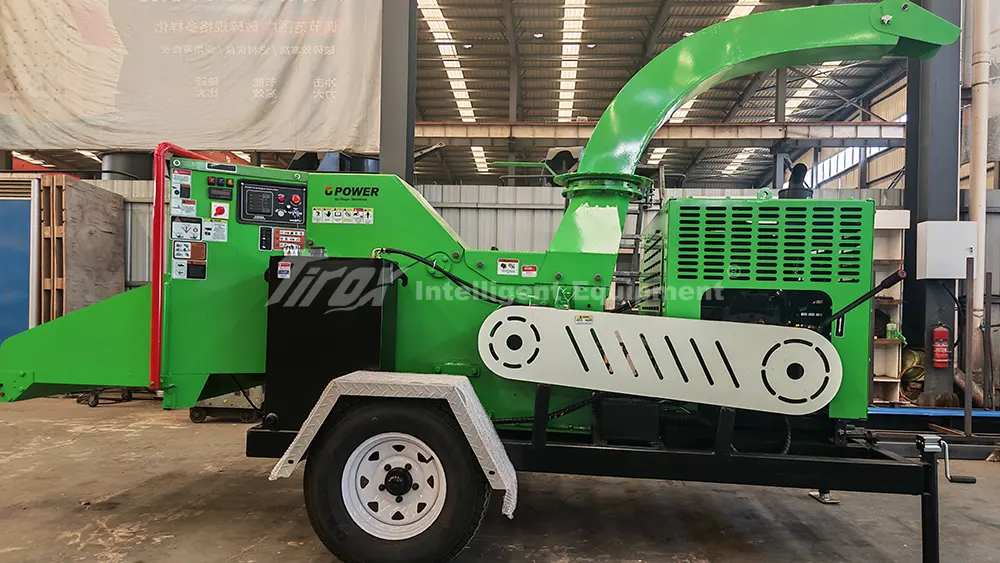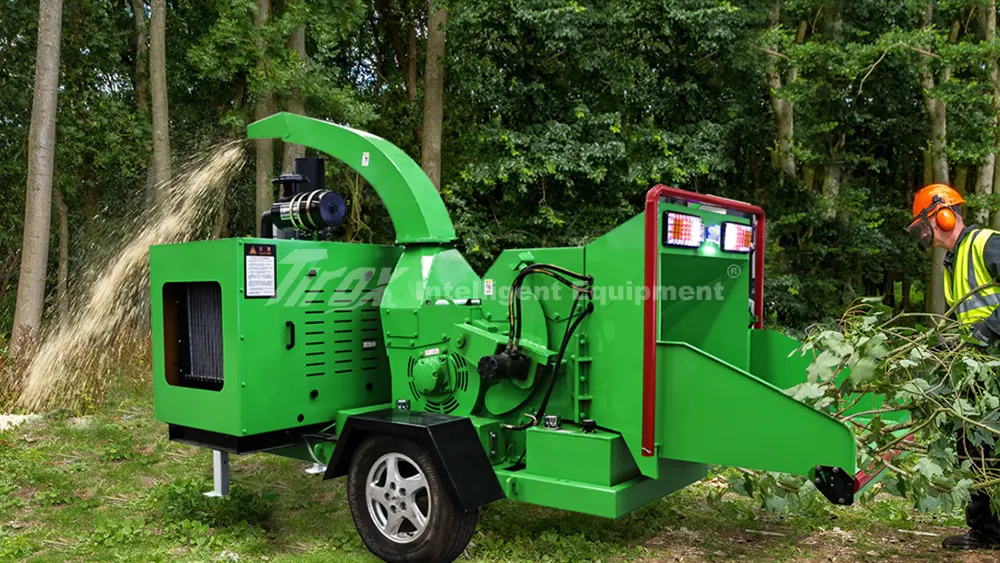Wood chippers are invaluable tools in the forestry and landscaping industries, efficiently converting branches, limbs, and other wood debris into manageable chips. However, their powerful mechanisms also pose significant risks to operators if not used properly. In this article, we will explore the potential dangers associated with operating a wood chipper and provide essential guidelines for safe operation.
Wood Chipper’s Potential Hazards
Operating a wood chipper involves several inherent risks that operators must be aware of:
- Accidental Injuries: The most common risk is accidental injuries caused by feeding wood into the chipper. Hands, fingers, and limbs can get caught in the feeding mechanism, leading to severe cuts, amputations, or worse.
- Rotating Parts Hazard: The blades and internal mechanisms of a wood chipper operate at high speeds to shred wood. Contact with these rotating parts can cause serious injuries or fatalities if proper precautions are not taken.
- Wood Debris Ejection: Wood chips and debris can eject from the discharge chute at high velocity, potentially causing impact injuries to nearby workers or bystanders.
Safety Operating Guidelines
To mitigate these risks, follow these crucial safety guidelines:
- Preparation: Before operating a wood chipper, ensure the work area is clear of debris, bystanders, and other potential hazards. Clear any obstacles that could interfere with safe operation.Wear appropriate Personal Protective Equipment (PPE), including safety goggles, hearing protection, gloves, and steel-toed boots to protect against flying debris and accidental contact with the machine’s moving parts.
- Pre-Operation Inspection: Inspect the wood chipper thoroughly before each use. Check for proper functioning of safety devices such as emergency shut-off switches, guards, and shields. Ensure blades are sharp and properly secured.Verify that the chipper is adequately lubricated and adjusted according to the manufacturer’s specifications.
Safe Operation Practices:
When feeding wood into the chipper:
- Stand to the side of the feed chute rather than directly in front to avoid being in line with potential debris ejection.
- Use a pushing tool (not your hands) to feed branches and debris into the chipper. Maintain a firm grip on the tool and never reach into the machine while it is running.
- Do not wear loose clothing or jewelry that could get caught in the chipper’s moving parts.
Handling Emergencies:
Be prepared to handle emergencies:
- Know the location and operation of the emergency shut-off switch. Use it immediately if you encounter a problem or if someone is injured.
- In case of a jam or blockage, turn off the chipper and wait for all moving parts to stop completely before attempting to clear the obstruction.
Maintenance and Storage:
Regularly clean and maintain the wood chipper according to the manufacturer’s instructions. Keep blades sharp and replace worn parts promptly.
Store the chipper in a secure area away from unauthorized access. Follow proper lockout/tagout procedures during maintenance to prevent accidental startup.
Safety Training and Continued Education
All operators should receive comprehensive safety training before operating a wood chipper. Training should include proper operation procedures, emergency protocols, and the importance of PPE.
Regularly review and update safety protocols to ensure compliance with industry standards and best practices.
Conclusion
Operating a wood chipper can significantly enhance productivity in wood processing operations, but it also demands strict adherence to safety protocols. By understanding the risks involved and implementing stringent safety measures, operators can minimize accidents and create a safer working environment. Always prioritize safety to protect yourself and others from the potential dangers associated with wood chipper operations.






